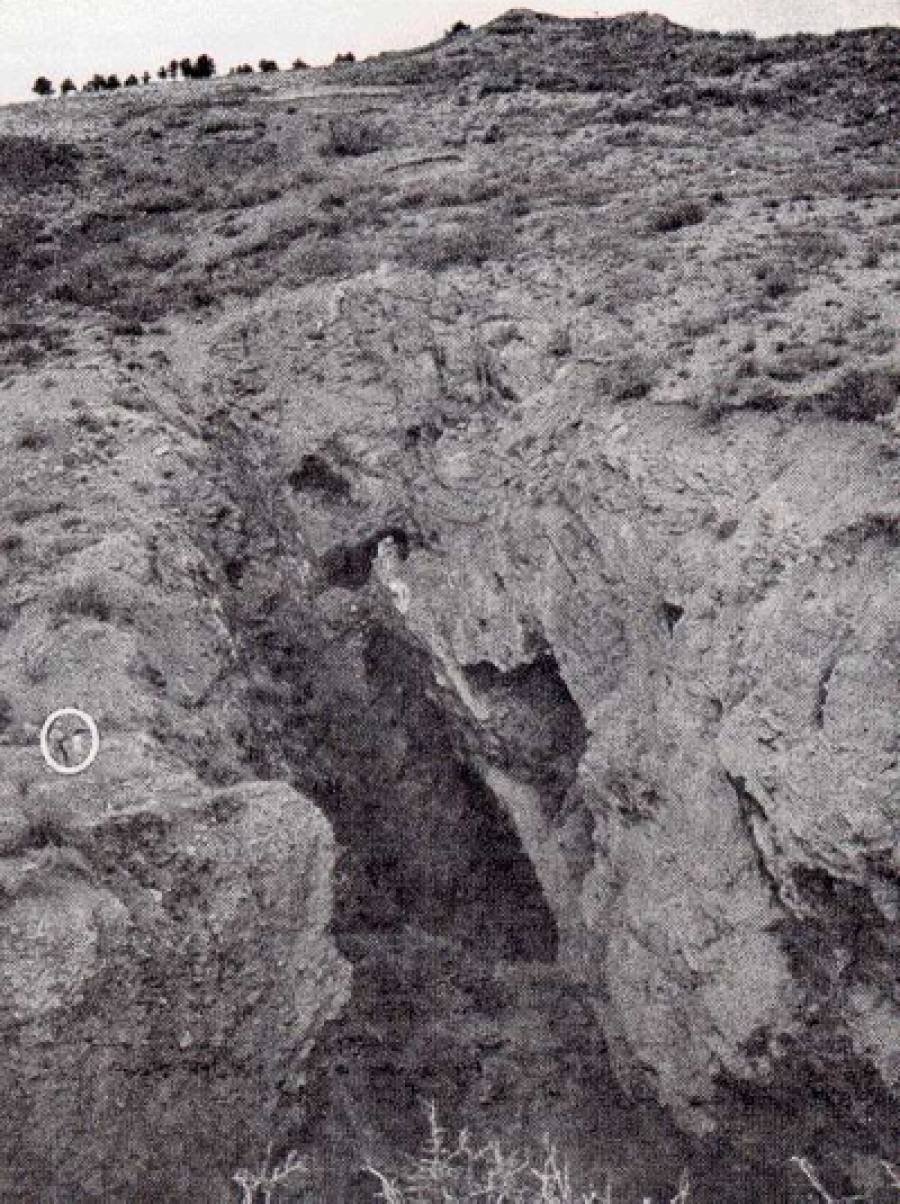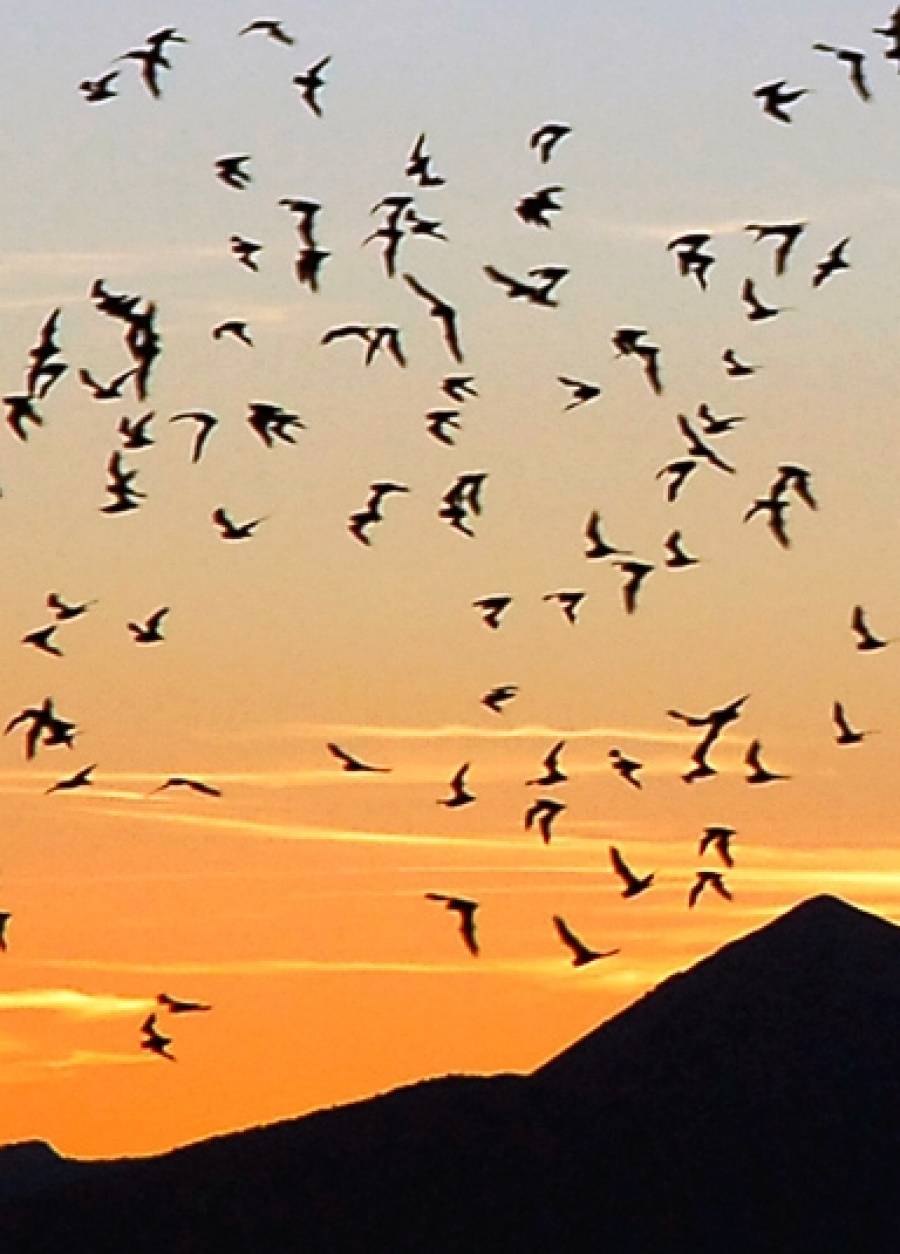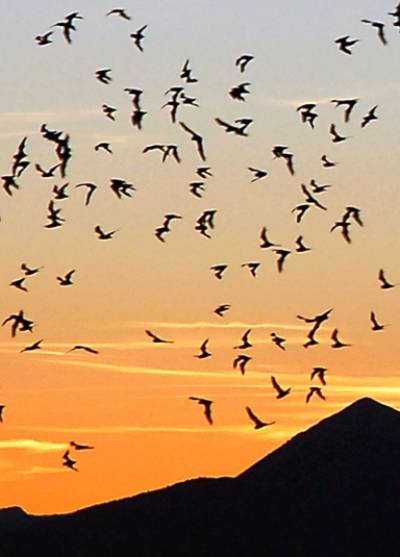Brazilian Free-tail Migration
Also known as Mexican Free-tail Bats, some 250,000 roost in the historic Orient Mine every summer. This mostly male migration starts as far south as South America, gathering numbers as it flies north with small wings, no more than __ inchs long.
Brazilian Free-Tailed Bats from Colorado Parks & Wildlife on Vimeo.
Resident Bats
Several much smaller colonies live in the Valley year-round, many hibernating in the Orient Mine and visiting Valley View well before the larger migration arrives. Species include...
Corynorhinus Townsendii Townsend's Big-Eared Bat
Eptesicus Fuscus Big Brown Bat
Lasionycteris Noctivagans Silver Haired Bat
Lasiurus Cinereus Hoary Bat
Myotis Ciliolabrum Western Small Footed Myotis
Myotis Evotis Long-eared Myotis
Myotis Lucifugus Little Brown Bat
Myotis Thysanodes Fringed Myotis
Myotis Volans Long-Legged Myotis
Nyctinomops Macrotis Big Free-tailed Bat
Tadarida Brasiliensis Mexican Free-tailed Bat
White Nose Syndrome
[[Introduce WNS]]
This fungus is not yet been discovered among our bats.
Monitoring and Research
The CDOW is actively monitoring our bats’ behavior and numbers using several “bat detectors” located around the Orient Mine.




_jpg_d064328a1fe05909ebe9fbdccf3efd05.jpg)
_jpg_fe1a5590a78d74b6d57104b3f8ee18c5.jpg)
_jpg_017fc97eb3f76e2147cb26ed7f6de01b.jpg)
_jpg_a93552eb493ae5e369486eee1b27c525.jpg)
_jpg_29d66152351be254cf40cf893831cbbb.jpg)
_jpg_0a41fca0e3505423407b511606b6b70d.jpg)
_jpg_fa569c05eb1cfb4c9c26a538076dbdc0.jpg)
_jpg_02c233642d952b671494bc8006fa092a.jpg)
_jpg_c23d791829e1f3245ac20450a5af254c.jpg)
_jpg_1060c10a22629f90ec0158e17497c4aa.jpg)